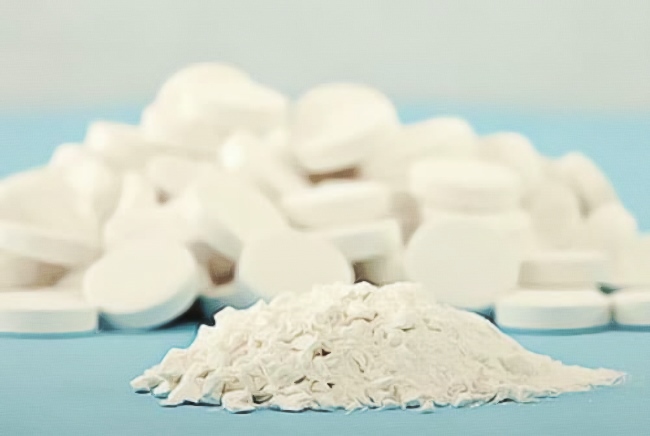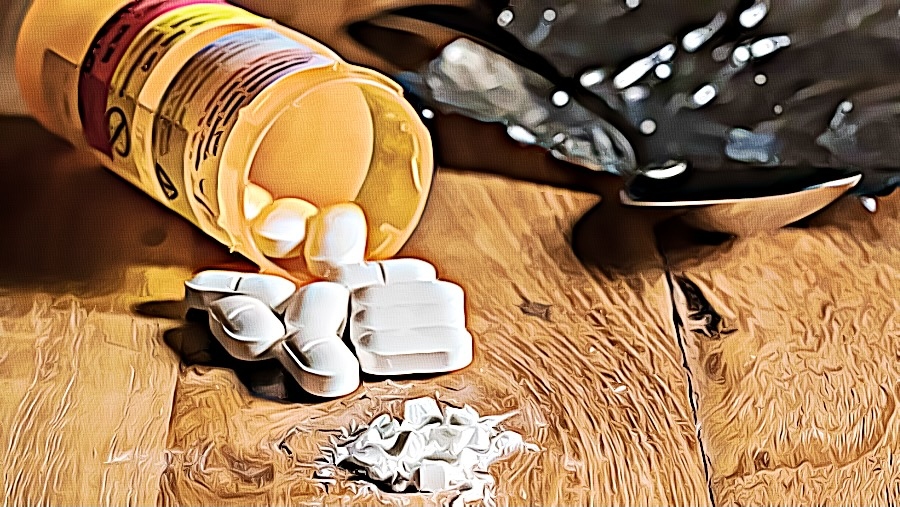Oxycodone is a powerful opioid pain reliever that is commonly prescribed by doctors. However, oxycodone is also a highly addictive drug that can be abused. Snorting oxycodone can be particularly dangerous, as it can lead to several serious health problems.
Dangers of Snorting Oxycodone
Snorting oxycodone can be more dangerous than taking it orally. Oxycodone is a powerful opioid painkiller, and it’s intended to be taken orally. When you snort it, the drug is absorbed more quickly into your bloodstream and can have a more intense effect. It’s also easier to overdose on oxycodone when you snort it, since it’s easier to take too much.
Snorting oxycodone can also damage your nose and sinuses. The act of snorting can irritate your nasal passages, and oxycodone can damage the delicate tissue in your nose and sinuses. In some cases, snorting oxycodone can lead to a perforated septum, which is a hole in the wall between your nostrils.
It’s also difficult to know how much oxycodone you’re actually taking when you snort it. The powder can be uneven, and it’s easy to take too much without realizing it. This can lead to an overdose, which can be fatal.
If you’re struggling with an addiction to oxycodone, it’s important to get help. Crushing the pills and snorting them can be extremely dangerous, and it’s not a sustainable way to try to get more of the drug. There are treatment options available that can help you get off of oxycodone and get your life back on track.
Why Do People Snort Oxycodone?
Crushing oxycodone allows individuals to snort it, which can give a more intense high. This intense high allows individuals to feel that they are getting more out of their prescription compared to the traditional oral route.
This can be especially tempting for people who are struggling with addiction and are trying to get more of the drug to feed their habit. Crushing oxycodone can also be dangerous. It can make it easier to overdose on the drug, since it’s easier to take too much when snorting it.

Is It Safe to Take Oxycodone Orally?
When you take oxycodone orally, it’s absorbed into your bloodstream through your digestive system. You can either take oxycodone pills or take them in liquid form. When you take oxycodone pills, they’re slowly broken down in your stomach and intestines, and then they’re absorbed into your bloodstream. Oxycodone is then carried through your body to your brain, where it binds to opioid receptors.
When you take oxycodone pills, they’re slowly broken down in your stomach and intestines, and then they’re absorbed into your bloodstream. Oxycodone is then carried through your body to your brain, where it binds to opioid receptors. Oxycodone pills are designed to be swallowed whole. If you crush them up or chew them, they’re absorbed too quickly, and you could accidentally overdose. Oxycodone is also available in liquid form. When you take oxycodone liquid, it’s absorbed into your bloodstream through the lining of your mouth and throat. Just like oxycodone pills, if you crush up the pills or chew them, you’re at a higher risk of overdosing.
What to Avoid While Taking Oxycodone
You should avoid alcohol and other drugs while taking oxycodone. Alcohol and other drugs can interact with oxycodone and make it more likely that you’ll overdose. You should also avoid taking any other medications that make you drowsy, because the combination of oxycodone and other drugs can make you very drowsy and increase your risk of falling asleep and overdosing.
If you have a history of substance abuse or addiction, you should avoid taking oxycodone. Oxycodone can be addictive, so it’s not recommended for people with a history of substance abuse or addiction. If you have a history of mental illness, you should also avoid taking oxycodone.
What is Oxycodone?
Oxycodone is a medication that is prescribed to relieve moderate to severe pain. It is a Schedule II controlled substance, which means it has a high potential for abuse and addiction. Oxycodone is available in both immediate-release and extended-release formulations. The extended-release formulation is intended for around-the-clock treatment of pain and should not be used on an as-needed basis. While it can be effective at managing pain, long-term misuse may come with several serious risks and side effects.
What is Oxycodone Typically Prescribed For?
Oxycodone is typically prescribed for moderate to severe pain that cannot be effectively managed with other, less potent pain medications. It is often used to relieve pain after surgery or in cases of cancer-related pain. Oxycodone is also sometimes used to relieve pain in people who have been diagnosed with terminal illnesses.
The Effects of Oxycodone
Oxycodone works by binding to opioid receptors in the brain and spinal cord, which helps to block pain signals from being sent to the brain. It also causes feelings of euphoria and relaxation, which is why it is often abused. When misused, oxycodone can lead to several serious side effects, including:
- Drowsiness
- Nausea and vomiting
- Constipation
- Dizziness
- Headache
- Dry mouth
- Sweating
- Itchiness
- Confusion
- Slowed breathing
- Respiratory depression
Signs of Oxycodone Overdose
If you suspect an overdose, contact a poison control center or emergency room immediately.
Signs and symptoms of an oxycodone overdose may include:
- Shallow breathing
- Excessive sleepiness
- Slow heartbeat
- Fainting
- Cold, clammy skin
- Small pupils
- Coma
- Death
When oxycodone is crushed and snorted, the user is at a much higher risk for overdose due to the respiratory depression that can occur. When someone takes too much oxycodone, their breathing may slow down to a dangerously low rate, which can lead to respiratory failure, coma, or death.
Treatment Options for Oxycodone Addiction
If you’re addicted to oxycodone, there are several treatment options available to you. The most effective way to get off oxycodone is to go through an inpatient rehab program. During inpatient rehab, you live at the facility, and you’re monitored 24/7. You’ll also have access to several resources and support groups.
Inpatient rehab programs usually last for 30 days, but they can be longer or shorter, depending on your needs. During inpatient rehab, you’ll work with a counselor or therapist to help you get to the root of your addiction. You’ll also go through detox to help your body get rid of any oxycodone that’s in your system. After you’ve gone through inpatient rehab, you may want to consider going to an outpatient treatment program. During outpatient treatment, you won’t live at the facility, but you’ll still go to regular counseling sessions and support groups.
If you’re struggling with oxycodone addiction, you can also get help from a 12-step program. 12-step programs are designed to help people overcome addiction by teaching them how to live a sober life.
Conclusion
Snorting oxycodone is extremely dangerous and can lead to several serious health complications. Some of the most common dangers associated with snorting oxycodone include:
- nosebleeds
- damage to the nasal passages
- difficulty breathing
- choking
- allergic reactions
If you or someone you know is using oxycodone, it is important to seek professional help as soon as possible to avoid these dangers.
Source:

